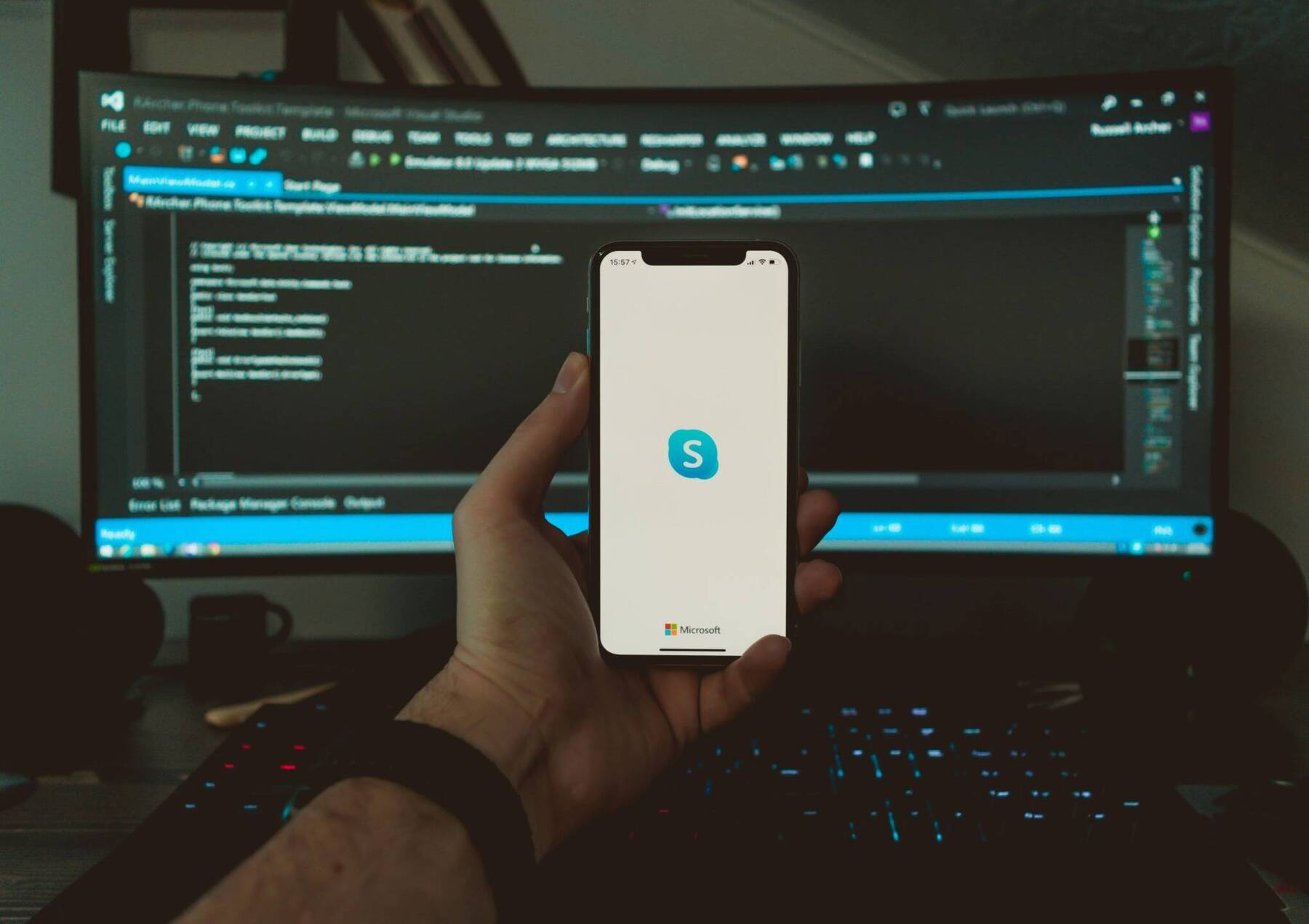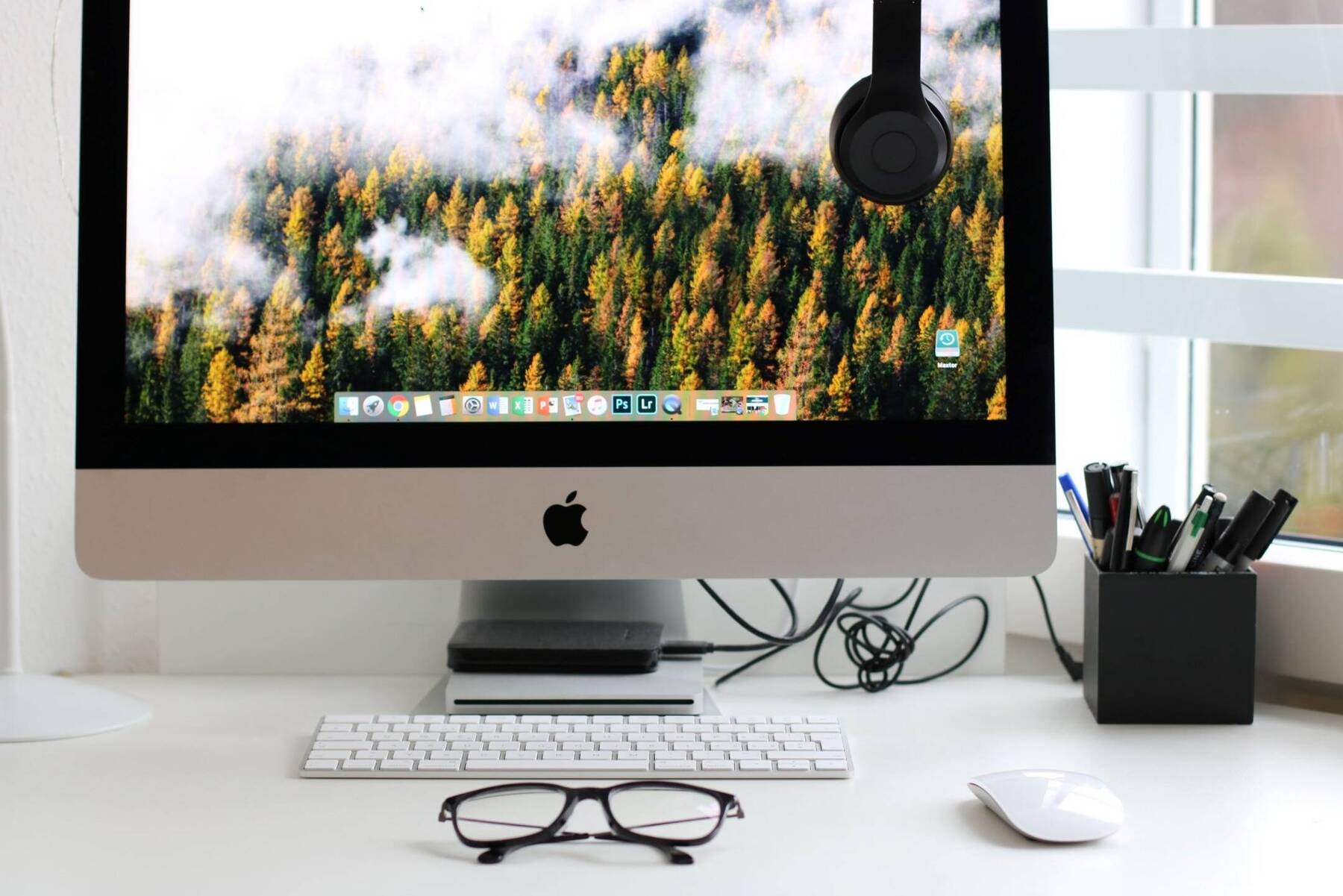Create a Dedicated Office Space
If you don’t have a home office, devote an area of your home to all things business. This is the space where you’ll take business calls and work on projects so it should be quiet and organised. Outfit your space with everything you may need to minimise interruptions and distractions.
Incorporate natural lighting whenever possible to enhance your mood and boost productivity; natural lighting also improves the appearance of video calls on networks such as Slack, Skype and Whatsapp.
For video conferencing, make a test run with your computer camera to understand how to position yourself for virtual meetings and to ensure the lighting and background are appropriate in advance. A bare wall as a background is better than a messy room, but the ideal set-up would include some kind of wall hangings, plants or other decor that speak to your personality and career. Many work-from-home colleagues in the tech and creative sectors have fun with creative virtual backgrounds offered by some video conferencing apps. If you choose to use a virtual background, try to face natural sunlight to improve the quality of your image. Also, ensure your real background is appropriate as revealing glitches do occur.















Comments